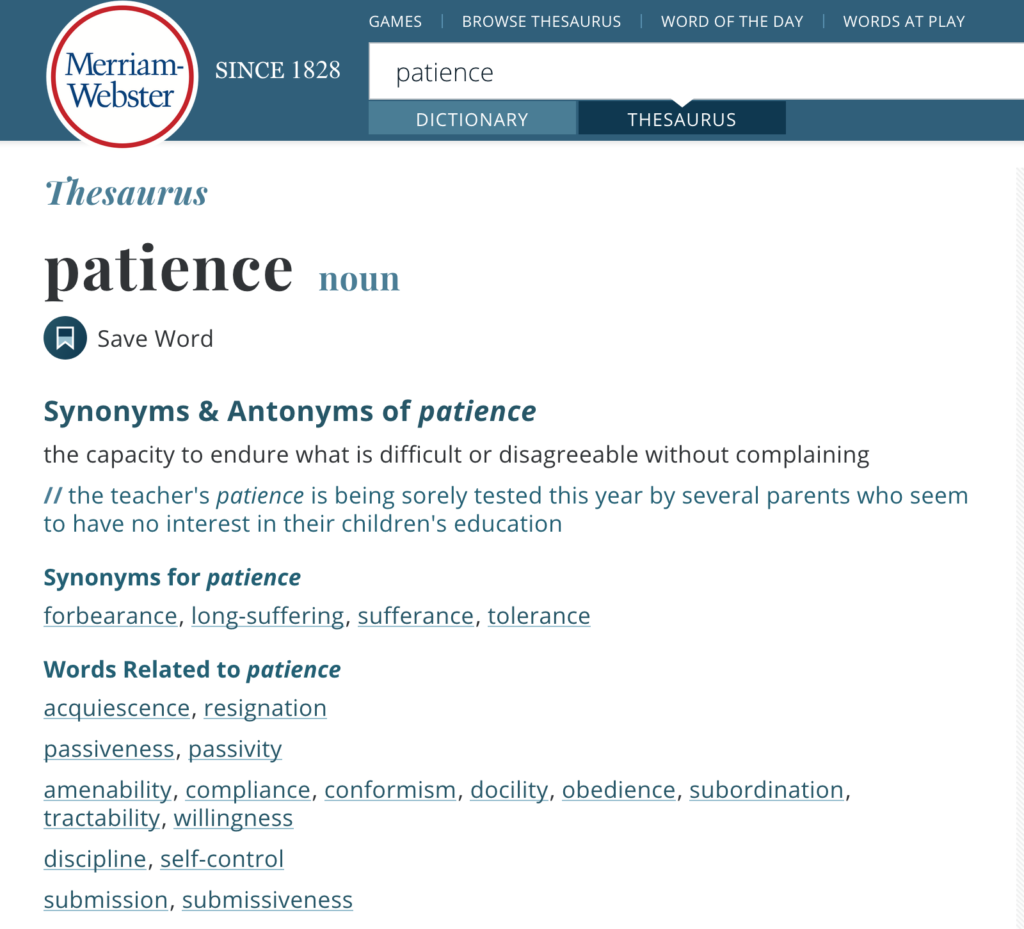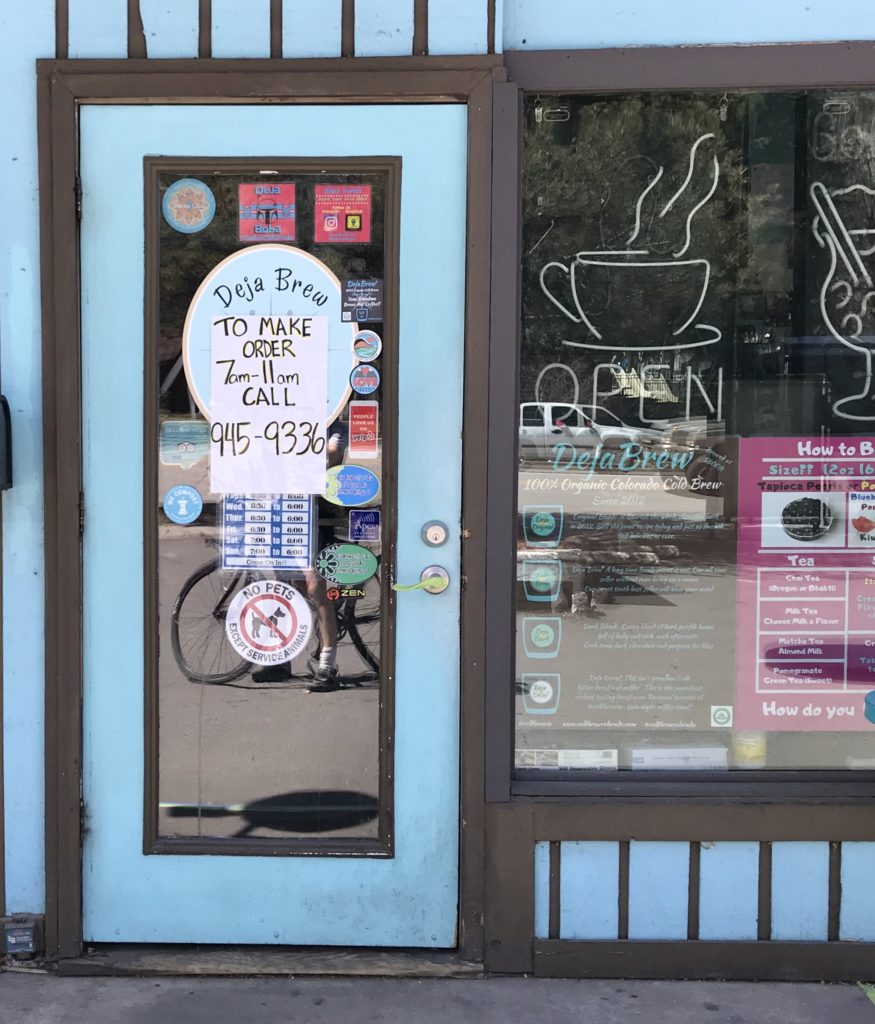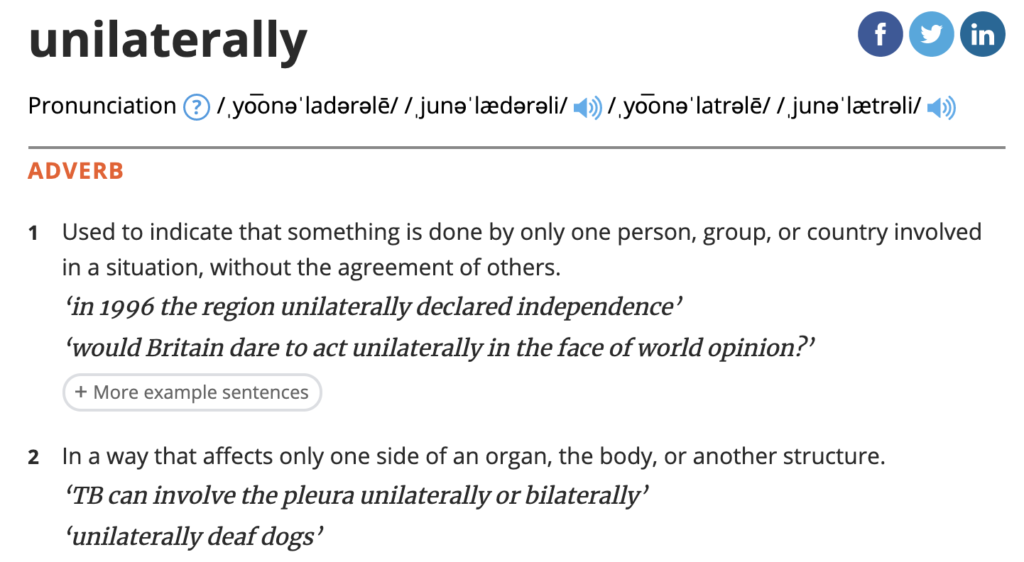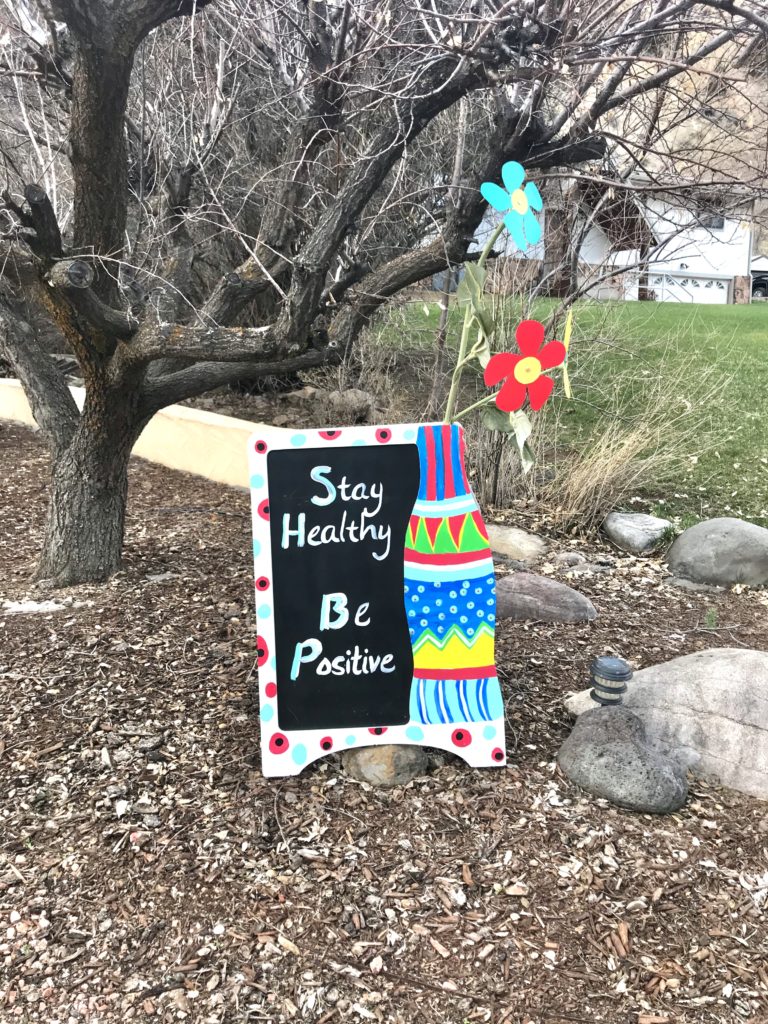Last weekend health experts and politicians warned that the week of April 6th would be the deadliest week of the pandemic. The week did meet those expectations and put the US close to the lead for deaths by country. It is a surprise that, on the heels of that week, one of the main headlines is “how quickly can we open for business?” While it is a valid question (who isn’t concerned for their long term economic future) it is still seems premature. Such is the still intangible nature of the spread of Covid-19 and the political and economic angles that are complicating rational and regional interventions.
As we watch and hope for a reduction of infection and death, there are a few variables that seem key:
- Supplies of PPE and ventilators in hard his areas.
- Supplies of tests and the materials required to support tests.
- Health of health care workers.
- Health of “essential workers” still engaged in business and public service.
- Access to tests by health care works and “essential workers”.
- Good data: accurate accounts of infection by locale and group (race, age, living conditions,
Without progress on these variables, we can’t begin economic recovery in a sustainable way. We will be cycling in and out of economic insecurity.
Testing – How? Who?
As we embark on the journey to reopen the economy, there are a few basic ingredients that most agree need to be addressed. The most notable is testing, for without testing, the spread vs elimination of the viral infection is just speculation. Granted we have indicators (symptoms, hospitalizations, deaths) of the spread but these numbers don’t help us with a pro-active plan. They are but indications of our failure.
As we contemplate the re-opening of business and social gatherings, testing will be one of the most important and often discussed issues. The scientific community has moved at miraculous speed to develop tests for infection and anti-bodies. With tests in hand, one would think that administering it would be fairly straightforward, but history and the current political climate shows us otherwise.
The first hurdle in the quest for widespread testing is the supply and distribution. There is no indication that the federal government will play a significant role in coordinating the supply of tests or the components that are required to do testing. so states will be left to compete with each other and will set their own protocols for administration. On March 6th Trump said:
“Anybody that needs a test, gets a test. They have the tests. And the tests are beautiful.” He said the same day: “Anybody that wants a test can get a test.”
ABCNews – April 11
Clearly Trump’s declaration wasn’t true in March and isn’t true today. While there are indications that (as of April 12th) there is an uptick in the number of tests, the shortage has created a train wreck of problems in the management of the disease. First of all, doctors and nurses have to treat patients as if they have covid-19 until they determine their diagnosis. This leads to an overuse of precious PPE and an overuse of precious hospital space. Without tests, hospitals cannot safely discharge patients. Without adequate tests for doctors and nurses, they are excluded from work creating an even larger shortage of staff.
Testing for an open economy – When?
This week’s news cycle will be full of speculation regarding when our economy will reopen for business. We can expect tension between those assuring us that relief is right around the corner and people with more sober assessments. The decision should be linked to the rate of infection and the availability tests. Based on the precautions taken thus far, you can expect that the approach will vary from state to state, county to county and city to city. The Trump administration may continue to act a cheerleader rather than make a commitment. Or in the worst case, they will disparage the recommendations of local governments.
Fortunately there true models of testing procedure, social engagement and business management in other countries who are further down this path. New Zealand, Iceland and South Korea are 3 examples. Despite the tendency for the president to discount the success of others, our state and municipal leaders will find these models useful as they chart their own path.
Jared Polis of Colorado has extended sheltering recommendations to April 26th. This date has been tagged as a point of reassessment more than a solid deadline. Pragmatically, he has placed the onus our success on the behavior of Coloradans.
“If there is any way to safely end it sooner, then we will,” Polis said. “And likewise if Coloradans aren’t staying at home and the numbers of the dead and dying continue to increase, then it could go longer.”
Denver Post – April 11th
Who will be tested? Will tests be administered strategically? Will guidelines be provided so that we make best use of a limited resource? These questions underline where the rubber (test) meets the road (people).
On the question of who will be tested there are some obvious gaps already. To date, essential workers and black americans are not being tested. These workers are exposed and exposing themselves to large numbers of people and they are dis proportionally minorities. Even if there is no overt bias against testing blacks and hispanics, the placement of testing sites mirrors the disparity in access to medical care, with a lack of availability in poor (typically black) neighborhoods. There are many reports of this disparity emerging:
On Monday Governor John Bel Edwards announced that a shocking 70% of deaths were among African Americans, despite making up only 33% of the state’s population.
The Guardian – April 8
In the days since I started writing this post, my prediction has been confirmed (though it doesn’t require omniscience to anticipate the broad strokes of Donald Trump)…
As states begin to cooperate and take the lead on strategies to reopen commerce and travel, the Trump administration has done an about face on the question of who is leading this response. The states’ initiative is assuring given the commitment to use data rather than “gut feelings” to bring the idling economy back into gear. The work has only begun of course but the reins are in the right hands with the governors. Even as the governors begin the work, Trump waves his hands and while reading names of his new “Opening the Country Council”. The list of almost 200 includes many who have been criticized by the president in the past. He will be “calling them” in the days to come.




